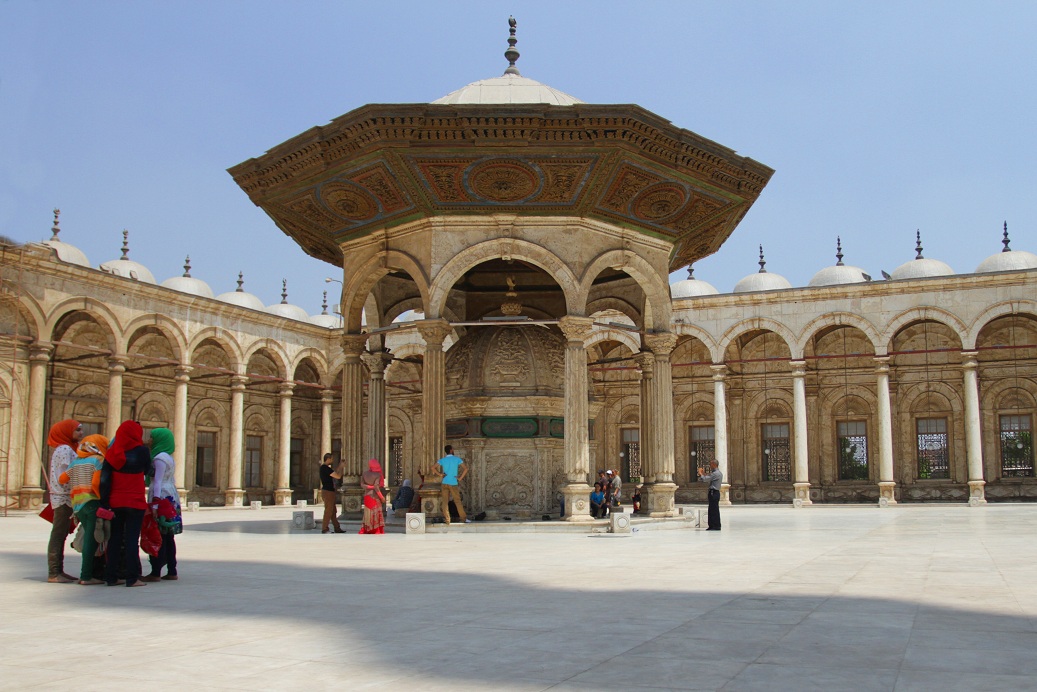Egypt runs country’s 1st special itinerary for visually impaired
The itinerary includes 12 statues from different pharaonic eras
Study uncovers genomic data linking extinct giant ground sloth to modern species
Mylodon darwinii named in honour of Charles Darwin
Authorities stop five ancient handwritten Qurans being illegally smuggled to Egypt
The copies were found in three parcels coming from Ethiopia
Judicial officials suspected of antiquities smuggling
Prosecutor-General orders media gag in case involving two brothers
British museum’s plan to sell ancient Egyptian statue under fire
Egyptian ambassador in London condemns the sale, calling it "unethical"
One day in Cairo
Rachel Adams enjoys the rich cultural mix of the city's sights




